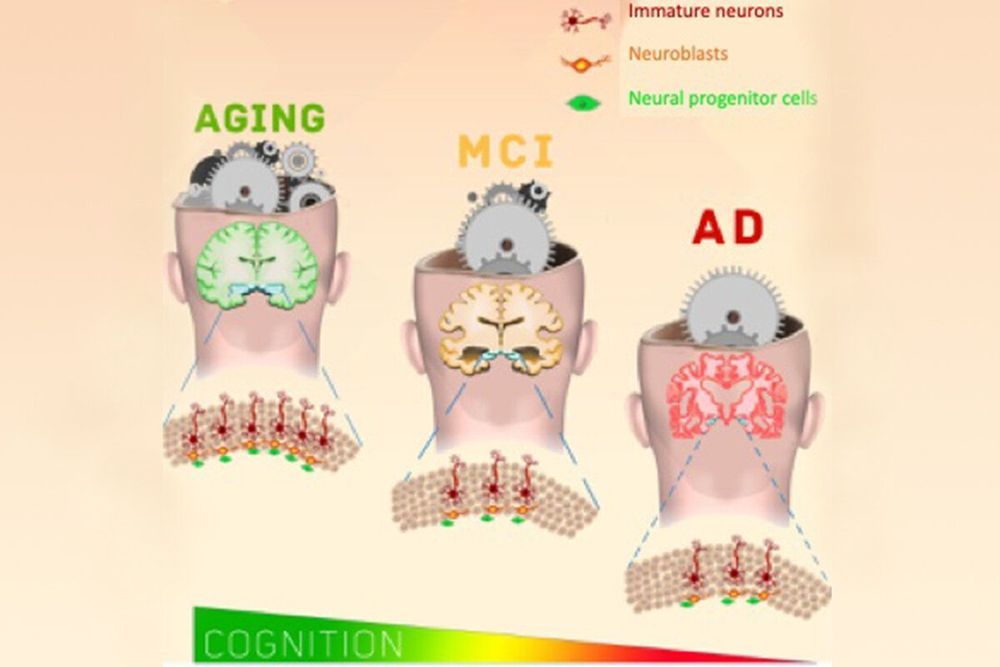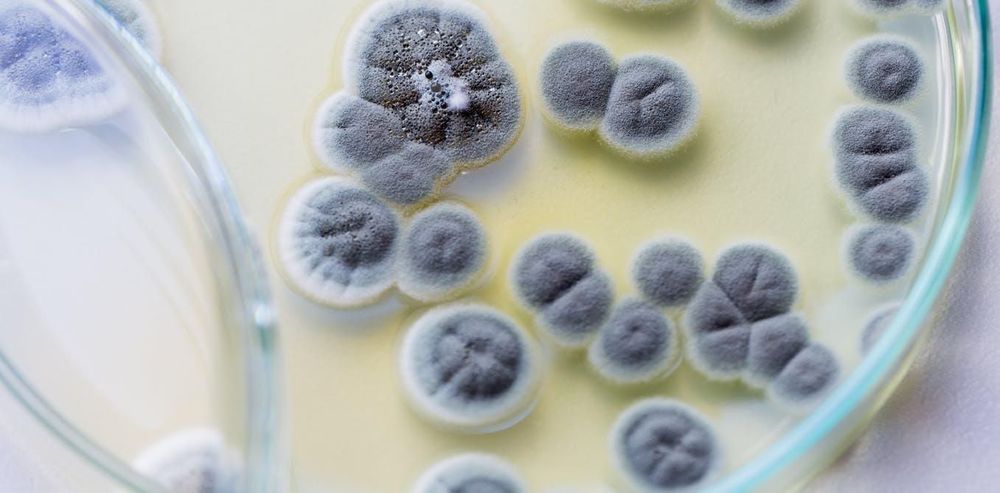The electronic Barnett effect, first observed by Samuel Barnett in 1915, is the magnetization of an uncharged body as it is spun on its long axis. This is caused by a coupling between the angular momentum of the electronic spins and the rotation of the rod.
Using a different method from that employed by Barnett, two researchers at NYU observed an alternative version of this effect called the nuclear Barnett effect, which results from the magnetization of protons rather than electrons. Their study, published in Physical Review Letters (PRL), led to the first experimental observation of this effect.
“I was a graduate student at NYU where a group of colleagues were involved in a project related to brain imaging,” Mohsen Arabgol, one of the researchers who carried out the study, told Phys.org. The fundamental idea behind the project was polarizing the brain molecules by inducing rotation using the Barnett effect and then applying the MRI-type imaging. I became interested and decided to work on the detection of the nuclear Barnett effect as my Ph.D. dissertation.”
Read more






